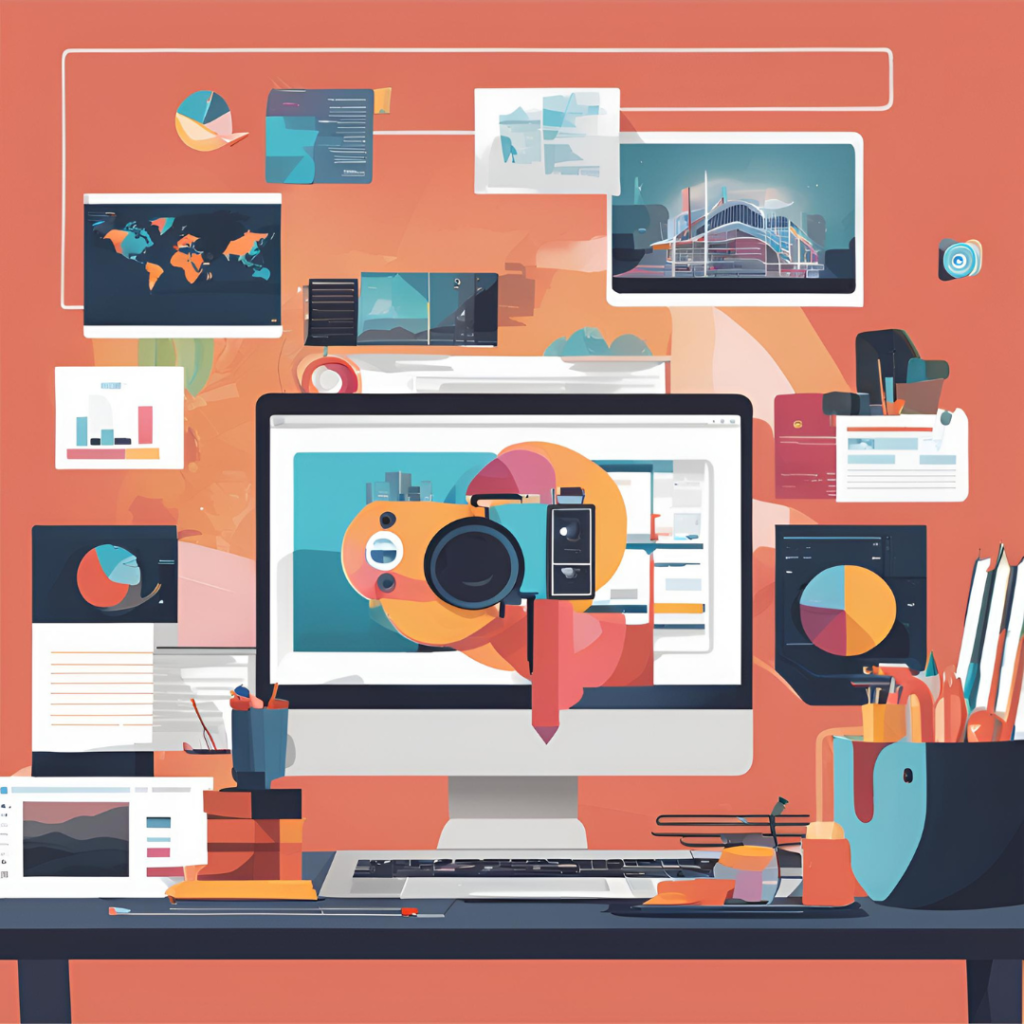Generative AI in content creation
Especially models like OpenAI’s GPT series have changed the landscape of content creation. These advanced algorithms can produce human-like text, making them invaluable in fields ranging from automated customer support to creative fiction. The ability to generate coherent and contextually relevant content allows writers and marketers to draft content more efficiently. Instead of spending time on the initial writing process, professionals can now focus on refining ideas, adding a personal touch, and strategizing how to effectively engage their target audience.
Table of Contents
Content personalization and customization
A key benefit of gen AI in content creation is the ability to personalize content at scale. Businesses can now tailor their messages to individual customer preferences, improving engagement and satisfaction. For example, AI-driven email campaigns can create personalized messages based on user behaviour and preferences, leading to higher conversion rates. This level of customization was previously impossible to achieve manually, especially for large-scale operations.
Visual and multimedia content creation

It is not limited to text. It also plays an important role in creating visual content including images and videos. AI models can create high-quality visuals for marketing campaigns, social media posts, and even entire video productions. For example, tools like DALL-E can create custom images based on text prompts, while video generation models can create short clips for advertising. This capability allows brands to maintain a consistent and compelling visual identity without extensive human intervention.
Challenges and Ethical Considerations
Despite its many benefits, gen AI also presents challenges and ethical concerns. The ease with which AI can create content raises questions about authenticity and originality. There is a risk of an oversaturation of AI-generated content, which can lead to a decline in content quality. Moreover, the use of AI in content creation blurs the lines between human and machine-generated tasks, leading to potential issues of intellectual property and plagiarism.
- Intellectual Property and Authorship: Determining ownership of AI-generated content is a grey area. Questions arise about who owns the rights to content created by AI and how much credit the human user should receive.
- Misinformation and Misinformation: AI can be used to create realistic fake news, deepfake or misleading content. This threatens public trust and the spread of misinformation.
- Transparency and Disclosure: Ethically, creators must disclose when content is created by AI. However, this is not always done, potentially deceiving audiences who may assume the content is human-made.
- Job Displacement: As AI becomes more capable of creating content, there are concerns about the displacement of human writers, journalists, artists and other creative professionals.
- Environmental Impact: Training and deploying large AI models requires significant computing power, which greatly increases the carbon footprint. The environmental impact of widespread AI content creation is a growing concern.
- Data Privacy: General AI models often require large datasets for training, which may include personal or sensitive information. It is important to ensure that data privacy is maintained and that AI models are not trained on unethical data sources.
conclusion
In 2024, Generative AI is revolutionizing content creation by enabling faster, more personalized and engaging content production. As these technologies continue to evolve, they will likely become increasingly integrated into the content creation process, creating new opportunities and challenges for creators and businesses. While the benefits are immense, the ethical implications must be carefully navigated to ensure that AI-generated content enhances, rather than diminishes, the quality and authenticity of the information we consume.

